leefromhobart wrote:
Im trying to find a way to back up everything to another external drive whether it be through time machine or other way.
What I'd like to know if if my external drive with all my media is connected and i go into time machine to back up the macbook, will this also back up all the content of my external drive with all that music and movies on it?
Thanks!
See "other ways" below.
Time machines backs up everything yes, on your internal HD/SSD, all and everything.
Another perfect (and some consider superior) option is a HD CLONE , see advantages and disadvantages of both below.
As for your External HD, just clone it (see below on HD cloning)
Keep Time machine for perpetual backups of your internal SSD/HD
Use HD clones or simple drag and drop copies to update a redundant copy of your external HD.
read here:
Methodology to protect your data. Backups vs. Archives. Long-term data protection
Data redundancy begins at...
1. All data on the computer is just that, your data.
2. All data on the first external HD is your backup.
3. Only the second external HD is your first safe data redundancy.
Protected data redundancy begins at the second external copy due to:
1. It not being connected. Any drive connected, backup or otherwise, is not to be considered a safe data redundancy.
2. Being the backup failsafe to the first external HD, not to the data on the computer which never should be counted in terms of data protection as "a copy".
3. External drives will invariably fail, and since most people falsely believe their external HD is their "safety", this error of perspective must be countered by yet another external copy of ones data.
Ones vital data must always be considered wholly independent and irrelevant of any data on the computer itself. Failure to look at one data in this matter is a failure which often can and does culminate in data loss.
Data Storage Platforms; their Drawbacks & Advantages
#1. Time Machine / Time Capsule

Drawbacks:
1. Time Machine is not bootable, if your internal drive fails, you cannot access files or boot from TM directly from the dead computer.
2. Time machine is controlled by complex software, and while you can delve into the TM backup database for specific file(s) extraction, this is not ideal or desirable.
3. Time machine can and does have the potential for many error codes in which data corruption can occur and your important backup files may not be saved correctly, at all, or even damaged. This extra link of failure in placing software between your data and its recovery is a point of risk and failure. A HD clone is not subject to these errors.
4. Time machine mirrors your internal HD, in which cases of data corruption, this corruption can immediately spread to the backup as the two are linked. TM is perpetually connected (or often) to your computer, and corruption spread to corruption, without isolation, which TM lacks (usually), migrating errors or corruption is either automatic or extremely easy to unwittingly do.
5. Time Machine does not keep endless copies of changed or deleted data, and you are often not notified when it deletes them; likewise you may accidently delete files off your computer and this accident is mirrored on TM.
6. Restoring from TM is quite time intensive.
7. TM is a backup and not a data archive, and therefore by definition a low-level security of vital/important data.
8. TM working premise is a “black box” backup of OS, APPS, settings, and vital data that nearly 100% of users never verify until an emergency hits or their computers internal SSD or HD that is corrupt or dead and this is an extremely bad working premise on vital data.
9. Given that data created and stored is growing exponentially, the fact that TM operates as a “store-it-all” backup nexus makes TM inherently incapable to easily backup massive amounts of data, nor is doing so a good idea.
10. TM working premise is a backup of a users system and active working data, and NOT massive amounts of static data, yet most users never take this into consideration, making TM a high-risk locus of data “bloat”.
11. In the case of Time Capsule, wifi data storage is a less than ideal premise given possible wireless data corruption.
12. TM like all HD-based data is subject to ferromagnetic and mechanical failure.
13. *Level-1 security of your vital data.
Advantages:
1. TM is very easy to use either in automatic mode or in 1-click backups.
2. TM is a perfect novice level simplex backup single-layer security save against internal HD failure or corruption.
3. TM can easily provide a seamless no-gap policy of active data that is often not easily capable in HD clones or HD archives (only if the user is lazy is making data saves).
#2. HD archives

Drawbacks:
1. Like all HD-based data is subject to ferromagnetic and mechanical failure.
2. Unless the user ritually copies working active data to HD external archives, then there is a time-gap of potential missing data; as such users must be proactive in archiving data that is being worked on or recently saved or created.
Advantages:
1. Fills the gap left in a week or 2-week-old HD clone, as an example.
2. Simplex no-software data storage that is isolated and autonomous from the computer (in most cases).
3. HD archives are the best idealized storage source for storing huge and multi-terabytes of data.
4. Best-idealized 1st platform redundancy for data protection.
5. *Perfect primary tier and level-2 security of your vital data.
#3. HD clones (see below for full advantages / drawbacks)
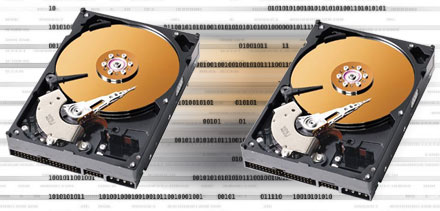
Drawbacks:
1. HD clones can be incrementally updated to hourly or daily, however this is time consuming and HD clones are, often, a week or more old, in which case data between today and the most fresh HD clone can and would be lost (however this gap is filled by use of HD archives listed above or by a TM backup).
2. Like all HD-based data is subject to ferromagnetic and mechanical failure.
Advantages:
1. HD clones are the best, quickest way to get back to 100% full operation in mere seconds.
2. Once a HD clone is created, the creation software (Carbon Copy Cloner or SuperDuper) is no longer needed whatsoever, and unlike TM, which requires complex software for its operational transference of data, a HD clone is its own bootable entity.
3. HD clones are unconnected and isolated from recent corruption.
4. HD clones allow a “portable copy” of your computer that you can likewise connect to another same Mac and have all your APPS and data at hand, which is extremely useful.
5. Rather than, as many users do, thinking of a HD clone as a “complimentary backup” to the use of TM, a HD clone is superior to TM both in ease of returning to 100% quickly, and its autonomous nature; while each has its place, TM can and does fill the gap in, say, a 2 week old clone. As an analogy, the HD clone itself is the brick wall of protection, whereas TM can be thought of as the mortar, which will fill any cracks in data on a week, 2-week, or 1-month old HD clone.
6. Best-idealized 2nd platform redundancy for data protection, and 1st level for system restore of your computers internal HD. (Time machine being 2nd level for system restore of the computer’s internal HD).
7. *Level-2 security of your vital data.
HD cloning software options:
1. SuperDuper HD cloning software APP (free)
2. Carbon Copy Cloner APP (will copy the recovery partition as well)
3. Disk utility HD bootable clone.
#4. Online archives
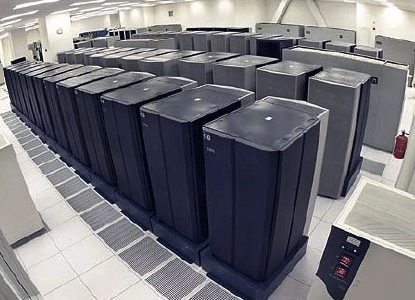
Drawbacks:
1. Subject to server failure or due to non-payment of your hosting account, it can be suspended.
2. Subject, due to lack of security on your part, to being attacked and hacked/erased.
Advantages:
1. In case of house fire, etc. your data is safe.
2. In travels, and propagating files to friends and likewise, a mere link by email is all that is needed and no large media needs to be sent across the net.
3. Online archives are the perfect and best-idealized 3rd platform redundancy for data protection.
4. Supremely useful in data isolation from backups and local archives in being online and offsite for long-distance security in isolation.
5. *Level-1.5 security of your vital data.
#5. DVD professional archival media
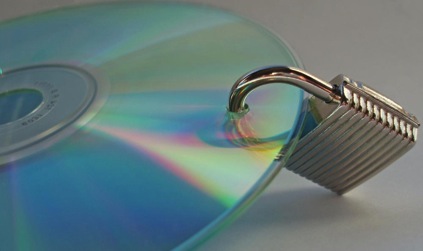
Drawbacks:
1. DVD single-layer disks are limited to 4.7Gigabytes of data.
2. DVD media are, given rough handling, prone to scratches and light-degradation if not stored correctly.
Advantages:
1. Archival DVD professional blank media is rated for in excess of 100+ years.
2. DVD is not subject to mechanical breakdown.
3. DVD archival media is not subject to ferromagnetic degradation.
4. DVD archival media correctly sleeved and stored is currently a supreme storage method of archiving vital data.
5. DVD media is once written and therefore free of data corruption if the write is correct.
6. DVD media is the perfect ideal for “freezing” and isolating old copies of data for reference in case newer generations of data become corrupted and an older copy is needed to revert to.
7. Best-idealized 4th platform redundancy for data protection.
8. *Level-3 (highest) security of your vital data.
[*Level-4 data security under development as once-written metallic plates and synthetic sapphire and likewise ultra-long-term data storage]
#6. Cloud based storage
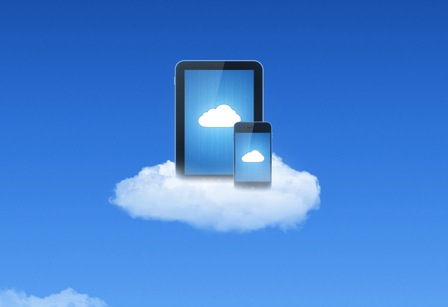
Drawbacks:
1. Cloud storage can only be quasi-possessed.
2. No genuine true security and privacy of data.
3. Should never be considered for vital data storage or especially long-term.
4. *Level-0 security of your vital data.
Advantages:
1. Quick, easy and cheap storage location for simplex files for transfer to keep on hand and yet off the computer.
2. Easy source for small-file data sharing.
#7. Network attached storage (NAS) and JBOD storage

Drawbacks:
1. Subject to RAID failure and mass data corruption.
2. Expensive to set up initially.
3. Can be slower than USB, especially over WiFi.
4. Mechanically identical to USB HD backup in failure potential, higher failure however due to RAID and proprietary NAS enclosure failure.
Advantages:
1. Multiple computer access.
2. Always on and available.
3. Often has extensive media and application server functionality.
4. Massive capacity (also its drawback) with multi-bay NAS, perfect for full system backups on a larger scale.
5. *Level-2 security of your vital data.
JBOD (just a bunch of disks / drives) storage
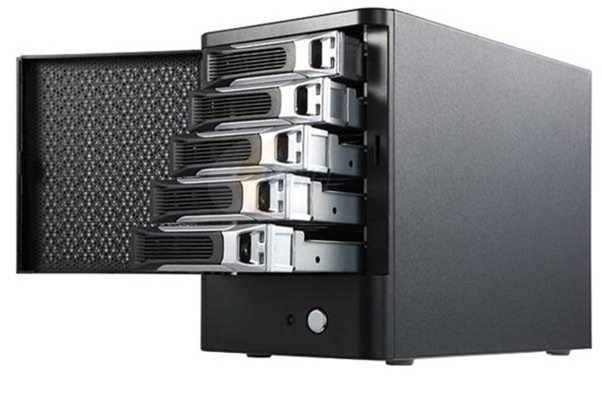
Identical to NAS in form factor except drives are not networked or in any RAID array, rather best thought of as a single USB feed to multiple independent drives in a single powered large enclosure. Generally meaning a non-RAID architecture.
Drawbacks:
1. Subject to HD failure but not RAID failure and mass data corruption.
Advantages:
1. Simplex multi-drive independent setup for mass data storage.
2. Very inexpensive dual purpose HD storage / access point.
3. *Level-2 security of your vital data.
The Tragedy that will be, the tragedy that never should be
Always presume correctly that your data is priceless and takes a very long time to create and often is irreplaceable. Always presume accurately that hard drives are extremely cheap, and you have no excuse not to have multiple redundant copies of your data copied on hard drives and squirreled away several places, lockboxes, safes, fireboxes, offsite and otherwise.
Hard drives aren't prone to failure…hard drives are guaranteed to fail (the very same is true of SSD). Hard drives dont die when aged, hard drives die at any age, and peak in death when young and slowly increase in risk as they age.
Never practice at any time for any reason the false premise and unreal sense of security in thinking your data is safe on any single external hard drive. This is never the case and has proven to be the single most common horrible tragedy of data loss that exists.
Many 100s of millions of hours of lost work and data are lost each year due to this single common false security. This is an unnatural disaster that can avoid by making all data redundant and then redundant again. If you let a $60 additional redundant hard drive and 3 hours of copying stand between you and years of work, then you've made a fundamental mistake countless 1000s of people each year have come to regret.
Many countless people think they're safe and doing well having a single external backup of their vital data they worked months, years, and sometimes decades on. Nothing could be further from the truth. Never let yourself be in situation of having a single external copy of your precious data.
External data redundancies for your internal HD or SSD is a professional foregone necessity never to be questioned
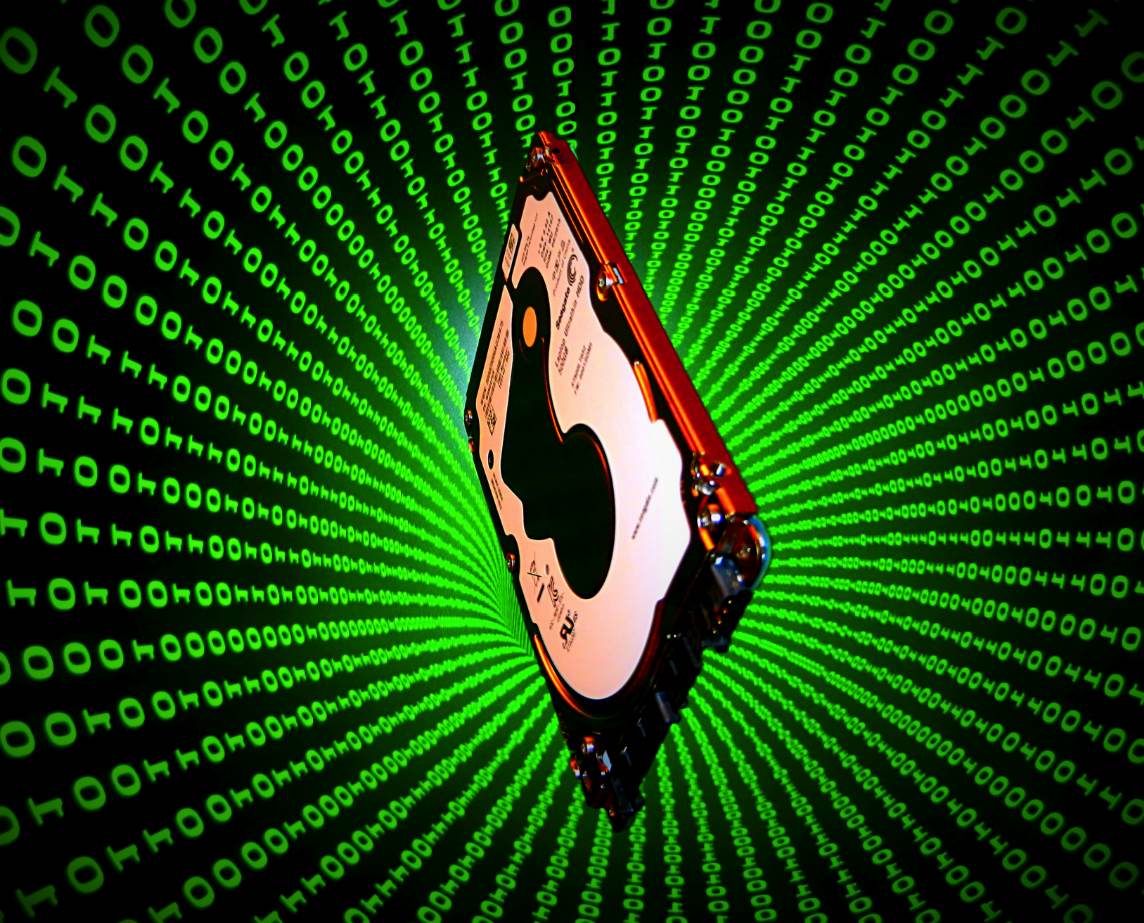
Data redundancy is one of the extremely few aspects of life where it can be accurately said that paranoia is both prudent and strongly advocated by professionals
Archive vs. Backup Philosophy
Few people make any distinction between a backup and an archive, but this lack of differentiation has led many countless 1000s of people down a road that led to a cliff of losing vital data that they have spent months and sometimes years working on. Far more consideration should be entertained regarding your data preservation than you ever gave to the computer you purchased, however almost nobody does this.
We give general connotation to all copied data, important or not as a “backup”, or as often heard “always backup (singular) your data” and most of us think no further: “is this right? Why is it important to know such a vitally important distinction exists?”.
We backup our data which is like our bank accounts, a coming and going influx and ever-changing, subject to possible theft, or otherwise. But what about your valuables that must be ‘secured at all costs’, in a safe deposit box where it cannot be accessed by anyone but you, doesn't change, and is for all intents and purposes safe and permanent.
Likewise if Time Machine is a backup, which it is, where then does the common practice of archiving your vital data onto Time Machine come into play? It is the position of the professional, and should also be of the common user who also has much time and effort into his data creation, that it is imperative to separate out first in ones mind, and lastly separate out in hardware, your system backup (OS) and your data hub archive.
The confusion partly comes from the fact that both backups (system hub) and archives (data hub) are “on storage media”, but it ends there when people conclude this therefore means its ‘ok to store system backups and data in the same place’, or in the worst case, only in one place.
It is correct to create and say “I have a backup of my system (OS and APPS)”… but it is incorrect for the purpose of your data’s protection to both create and say, “I have my files (valuable data hub) copied on my backup” (therefore its safe)!
This, superficially seeming nuance, is like a giant Redwood tree seen from afar as a mere speck, but closely seen and examined, as the professional has, is a giant monolithic entity of great importance not to be lightly considered much less ignored.
The single worst mistake is thinking any backup (or archive for that matter) counts as “a second copy since the first is on the computer SSD/HD itself”. That position should never be taken. Any data on any computer never counts in the 2-copy scheme of preservation and archiving.
One should on a daily (or hourly) basis “backup their system (OS and settings) with Time Machine”, and separately in a timely manner as needed “make an archive of their (vital files, pics, documents, etc.) data” on separate storage devices or drives. But regardless of how you say it, all that is important is that the distinction is made in where data is directed to and distinguished.
In the case of a Macbook Air or Macbook Pro Retina with ‘limited’ storage on the SSD, this distinction becomes more important in that in an ever rapidly increasing file-size world, you keep vital large media files, pics, video, PDF collections, music off your SSD and archived on external storage, for sake of the necessary room for your system to have free space to operate, store future applications and general workspace. You should never be put in the position of considering “deleting things” on your macbook SSD in order to ‘make space’.
Professionals who create and import very large amounts of data have almost no change in the available space on their computers internal HD because they are constantly archiving data to arrays of external or networked HD.
Or in the case of the consumer this means you keep folders for large imported or created data and you ritually offload and archive this data for safekeeping, not only to safeguard the data in case your macbook has a HD crash, or gets stolen, but importantly in keeping the ‘breathing room’ open for your computer to operate, expand, create files, add applications, for your APPS to create temp files, and for general operation.
The first realization is that your data on your computer is highly vulnerable
The second realization is that you need a HD backup of your OS and data
The third realization is that you need at the very least a secondary HD backup
The fourth and final realization is understanding the fragility of any and all HD & ferromagnetic storage, and that vital data needs to be “frozen” on unassailable redundancies across multiple storage platforms including multiple HD, online backup, archival DVD burns comprising at the very minimum triple platform redundancy of data you have been working on for years or decades that cannot be replaced.
Simplex Premise of Backups vs. Archives
The B.A.R. “rule” (backup-archive-redundancy)
Backup: Active data emergency restore. Backups are moved from backups to archives; or from backups to the computer for restore or data retrieval.
Archive: Active and static data protection with the highest level of redundancy. Archives are only moved from itself to itself (archived copies). Generally a “long-term retention” nexus.
Redundancy: A fail-safe off-site or protected and “frozen” copy of your vital data and foolproof protection against magnetic degradation and HD mechanical failure. A likewise failsafe from theft, house fire, etc.
Redundancy has two points of premise:
A: redundancy (copies) of data archives.
B: redundancy of data on different platforms (optical, online, magneto-optical, HD).
Send your backups to your archives (as often as possible), and your archives to self-same redundancies.
*When referring to backups and archives here, this is in reference to your data saved/ created/ working on,... not your OS, your applications, and your system information / settings,...which is the idealized premise for use of Time Machine as a system-backup after internal data corruption or HD-failure.
Here we are referring to data backups and archives, not system-backups for restoring your OS-system.
If your data on your hard drive is the cash in your wallet, a backup is your bank account/debit card, and an archive is a locked safety deposit box.
Its easy to get your wallet emptied (corrupted) or stolen, your backup checking account is somewhat easy to get corrupted/drained or damaged, but your bunker security is in the lockbox inside the vault, where your vital data and archives reside. In the premise of preventing data loss, you want as often and as much as possible one-way transfers from your “wallet” to your safety deposit box archives; and further still a minimum of two copies of those archives.
Highest priority (archives) requires highest redundancy. In the premise of often copying data from backups to archives, backup redundancy plays a minor role.
Long-term active file backups (a book, a major time-involved video creation etc.) requires double-active redundancies, preferably a minimum of Time Machine and an autonomous external formatted HD, so there are at least three copies of this data: internal drive, Time Machine, and secondary non-TM HD backup.